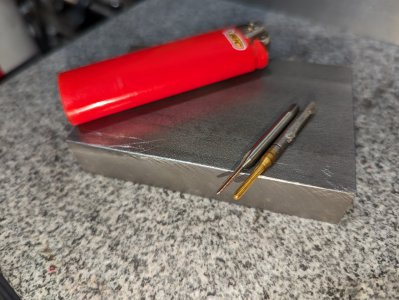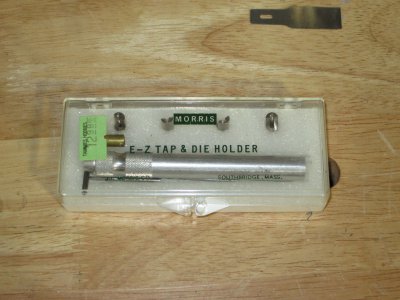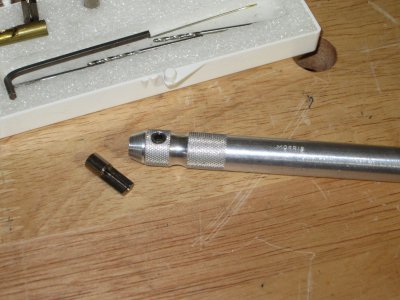- Joined
- Jul 28, 2017
- Messages
- 2,396
Based on the recommendations for a forming tap I went to McMaster to see what they have. They have a 2mm bottoming-chamfer tap, and the recommended drill bit is 1.8mm. It seems like an oddball size but they do have them. I do like the fact that no chips are created by the forming process.
I already have two cutting taps (they arrived yesterday). I'll do a trial run on some scrap aluminum and see how it goes. I have a smaller tap wrench I use for tapping smaller holes so should be OK there.
Thanks for all the information!
I already have two cutting taps (they arrived yesterday). I'll do a trial run on some scrap aluminum and see how it goes. I have a smaller tap wrench I use for tapping smaller holes so should be OK there.
Thanks for all the information!




